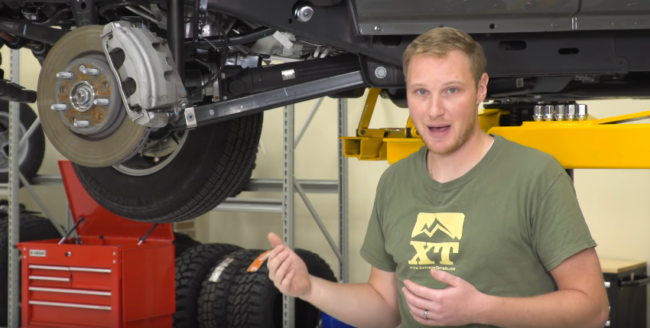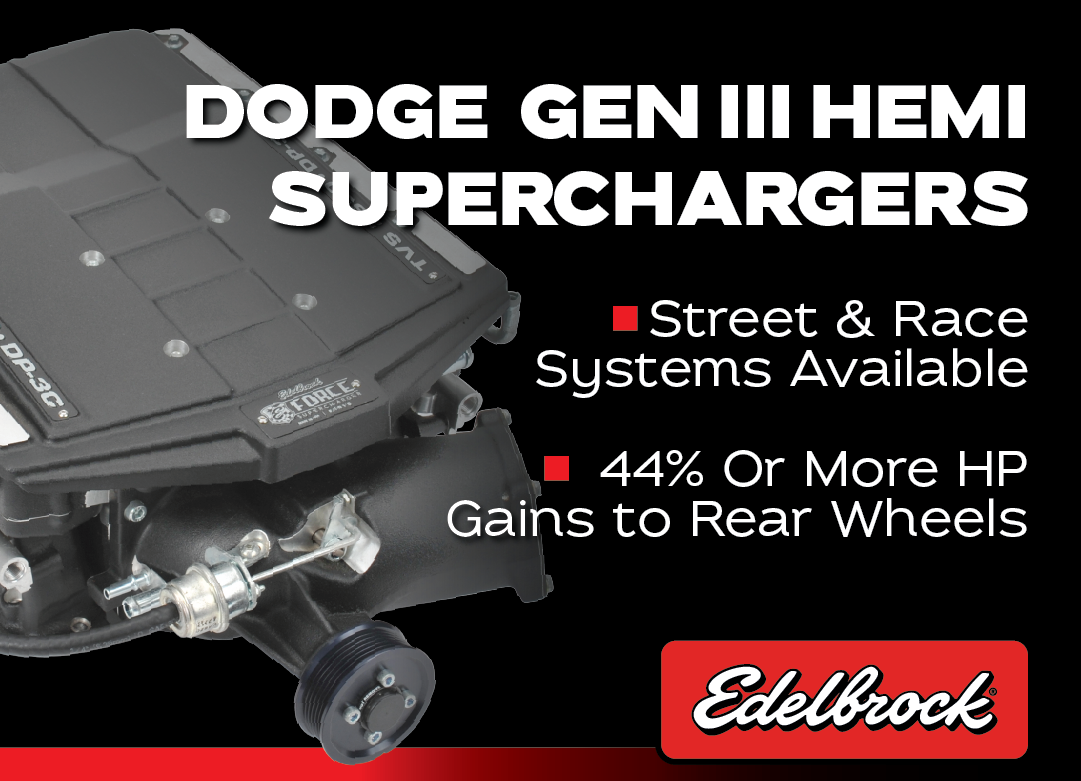
Suspension upgrades can affect the look, ride quality, off-road performance, and even the safety of your Jeep. Sure, a new 4” lift looks great, but what if it performs like crap? What if it wears tires prematurely? What if you have to replace universal joints every three months?
ExtremeTerrain (XT) wants your Wrangler to perform just as well as it looks, so Ryan Huck is back in front of the camera for their most recent Throttle Out video, “How Jeep Suspension Works.” “[I]f you really understand how the suspension geometry works [and] how the lift kit changes that geometry, you can make a good, well-informed decision,” Ryan explains.
A wide range of topics are covered including the track bar, Pitman arm, drag link, tie rods, control arms, sway bars, end links, pinion angle, driveshaft angle, caster, bump steer, roll center, body roll and potential causes of vibration. Great animations and a magnetic angle finder help him to explain all of the technical terms. Much of the information isn’t just Jeep-centric, but can be used for any four-wheel-drive application.
He sums it up with, “Hopefully, with this new information, you’ll be able to make a good decision when purchasing a lift kit as far as which components you want to make sure your lift kit includes.”
Be sure to subscribe to XT’s YouTube channel to get a handle on what parts are included with their wide variety of lift kits and how those parts will fit with your build.













 Mopar Connection Magazine – The ONLY Daily Mopar Magazine © 2022. All Rights Reserved. Mopar Connection Magazine is the ONLY daily Mopar Magazine bringing you the latest Mopar news, technology, breaking news, and Mopar related events and articles. Find out the latest information about Mopar, Mopar products and services, stay up to date on Mopar enthusiast news, dealership information and the latest Mopar social media buzz! Sign up for the Mopar Connection Magazine newsletter for the latest information about new products, services and industry chatter. Mopar Connection Magazine is the best and only source you need to be a Mopar industry insider!
Mopar Connection Magazine – The ONLY Daily Mopar Magazine © 2022. All Rights Reserved. Mopar Connection Magazine is the ONLY daily Mopar Magazine bringing you the latest Mopar news, technology, breaking news, and Mopar related events and articles. Find out the latest information about Mopar, Mopar products and services, stay up to date on Mopar enthusiast news, dealership information and the latest Mopar social media buzz! Sign up for the Mopar Connection Magazine newsletter for the latest information about new products, services and industry chatter. Mopar Connection Magazine is the best and only source you need to be a Mopar industry insider! by
by